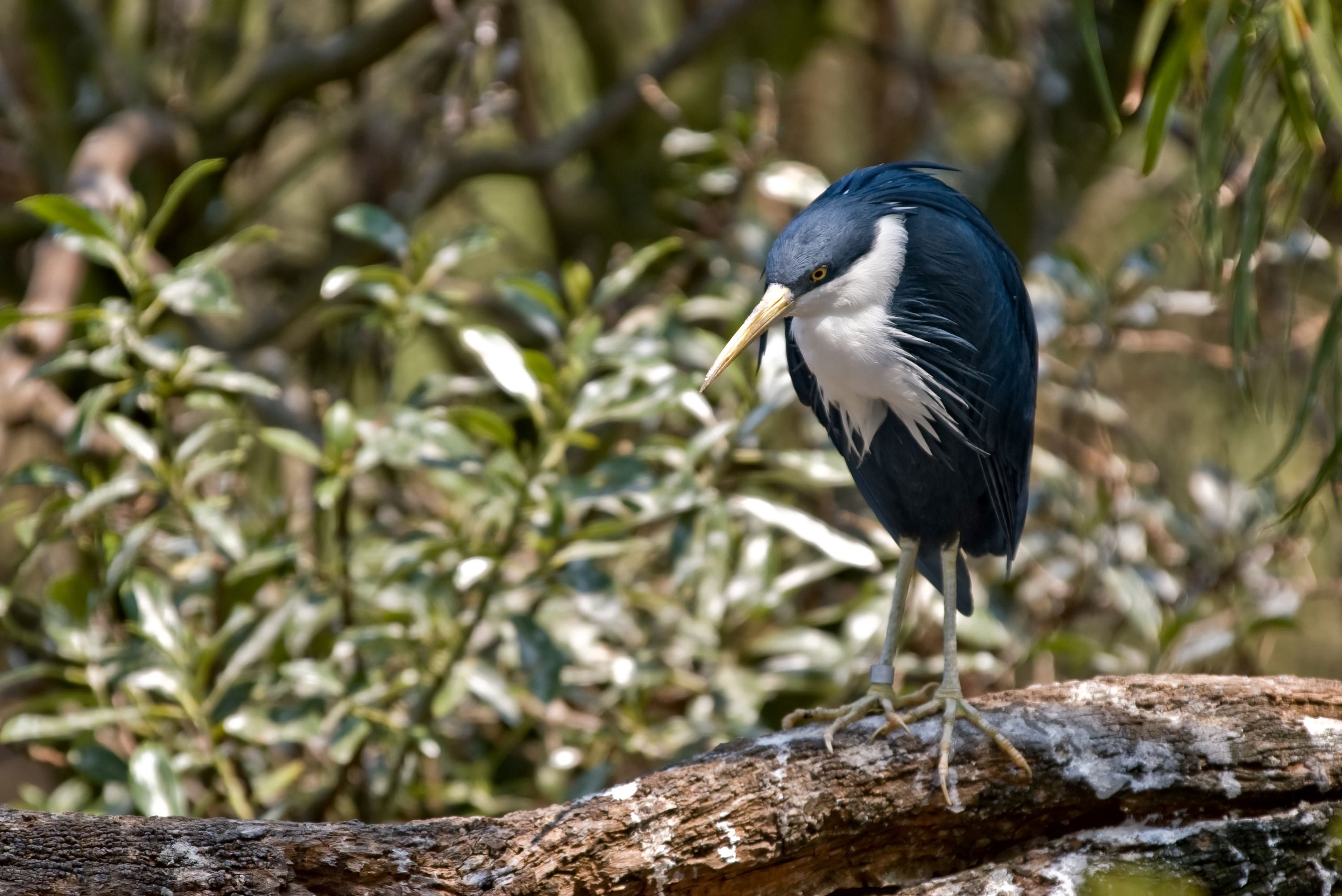
Pied Heron: The Distinctive Waterbird of Australia
Introduction to the Pied Heron
The Pied Heron, Egretta picata, is a distinctive and elegant bird, notable for its contrasting plumage and relatively small size within the heron family, Ardeidae. This bird is primarily found in the northern regions of Australia and is a captivating sight along waterways and wetlands.
Physical Description
The Pied Heron stands out with its striking black and white plumage. Adults typically measure around 43-55 cm in length. They have a primarily white body with a contrasting black cap and crest on the head. During the breeding season, the bird sports long, delicate plumes on the back of its neck. Its bill is black, and legs and feet are yellowish-green, complementing its unique color pattern.
Habitat and Distribution
The Pied Heron is indigenous to northern Australia, particularly favoring the coastal areas of Queensland and the Northern Territory. It inhabits a range of wetland habitats, including freshwater swamps, billabongs, rice fields, and mangroves. These environments provide the ideal conditions for feeding and nesting.
Behavior and Lifestyle
This heron is known for its somewhat secretive nature. It can be seen either alone or in small groups, especially during the breeding season. The Pied Heron is most active during the early morning and late afternoon, avoiding the midday heat.
Feeding Habits
The diet of the Pied Heron mainly consists of small fish, amphibians, crustaceans, and aquatic insects. It hunts by wading through shallow water, striking quickly at prey with its sharp bill.
Breeding and Nesting Habits
Pied Herons breed in colonies, often alongside other waterbird species. The breeding season is influenced by the monsoon rains and typically occurs during the wetter months. Their nests are constructed in trees or reeds near water, using sticks and twigs to create a platform.
Egg Laying and Incubation
The female lays a clutch of 3 to 5 pale blue eggs. Both parents share the responsibilities of incubation, which lasts about 21 to 24 days. The elevated nests provide some protection from predators.
Chick Rearing and Parental Care
Chicks are altricial, depending on their parents for food and protection. Both parents feed the chicks, which fledge the nest after about 5 to 6 weeks. The young birds reach maturity at around one year of age.
Vocalizations and Communication
The Pied Heron is generally quiet but can produce a range of vocalizations, especially during the breeding season. These sounds are used for communication within the colony and include a variety of croaks and squawks.
Conservation Status
The Pied Heron is not currently listed as endangered, but like many wetland species, it faces threats from habitat loss and degradation. Conservation efforts for this species focus on preserving and restoring their natural wetland habitats.
Similar Species and Taxonomy
Part of the order Pelecaniformes, the Pied Heron is closely related to other members of the genus Egretta, such as the Little Egret and Snowy Egret. However, it is distinguishable by its unique coloration and habitat preferences.
The Pied Heron in Utah
The Pied Heron is not found in Utah or anywhere in North America, as its range is limited to Australia. In Utah, bird enthusiasts can observe other heron species in local wetland areas.
Conclusion
The Pied Heron, Egretta picata, is a unique and striking bird, embodying the diversity and beauty of Australia's wetland avifauna. Its presence in these ecosystems underscores the importance of wetland conservation. Observing the Pied Heron offers a glimpse into the complex and diverse world of waterbirds, emphasizing the need to protect these critical habitats for future generations.